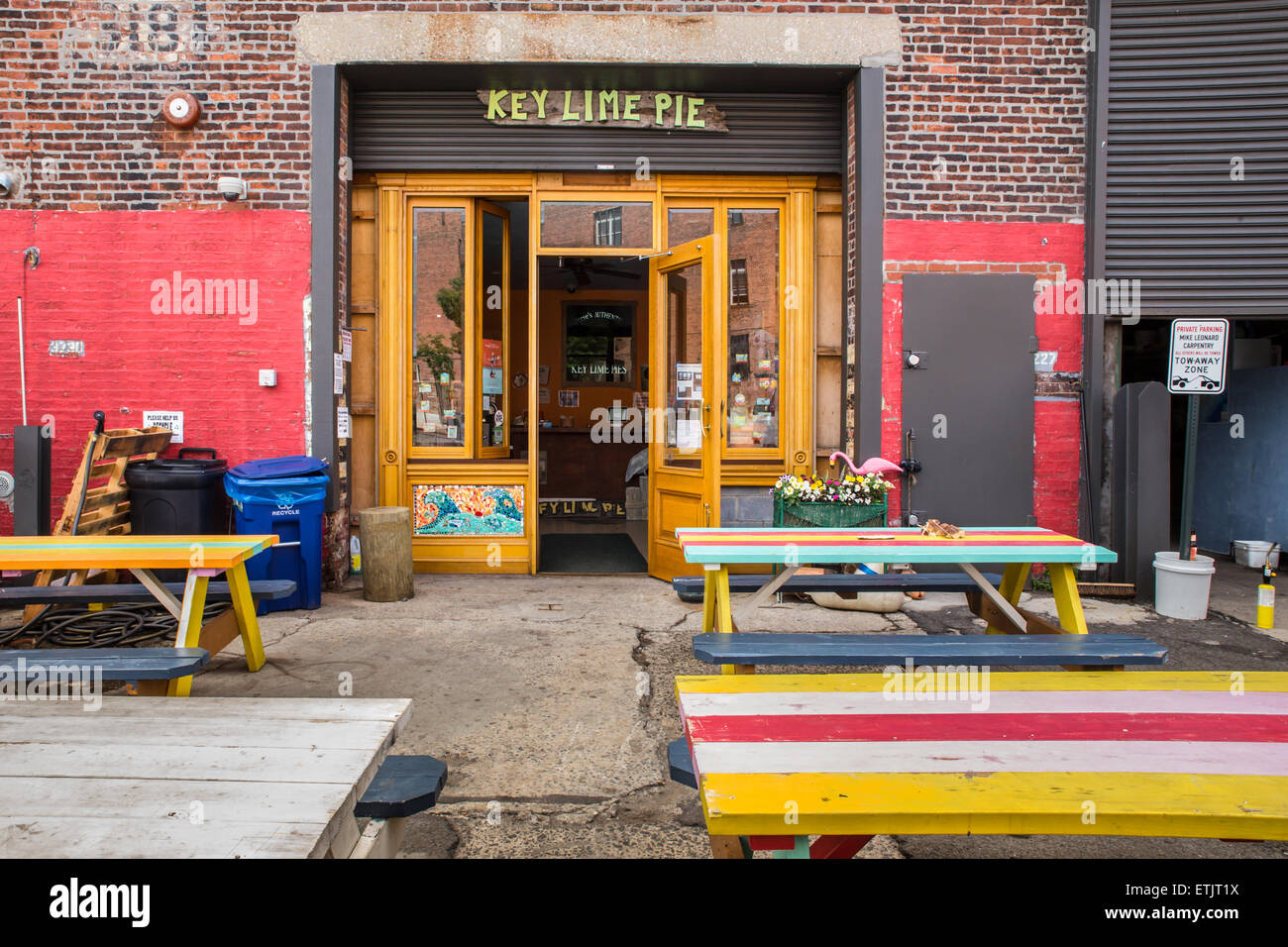
The South Brooklyn ferry line is your best bet if you work in downtown Manhattan. Two bus lines run through the neighborhood, stopping at the subway: the B57 and B61, which connect to Downtown Brooklyn and Park Slope. Another option is to pick up the F/G at Carroll Street in Carroll Gardens at a stop a little more than a mile away. Red Hook’s main drag of Van Brunt Street is a mile from the F/G subway stop at Smith-9th Street from there, it’s another 25 minutes into downtown Manhattan. There aren’t a lot of larger units, like three bedrooms.” What’s the Commute Like? Alexander notes that among the rentals, “There are mostly one and two-bedrooms.

Sales of apartments are few and far between, though developers are starting to build new housing and convert warehouses. The housing market is primarily rentals, with apartments located in two-to-four-story buildings, many with retail on the ground floor. Life is just slower here, and you get to enjoy a high-quality lifestyle.” “It’s not like the crazy hustle and bustle of other parts of the city. “The low buildings allow for a wide-open sky,” says Alexander, and this contributes to the feeling of a human-scale town in the midst of a skyscraper capital. Red Hook’s remaining cobblestone streets add to the quaint village vibe. Learn more about Red Hook’s history here.You’ll find a lot of rugged charm among the converted Civil War-era warehouses, Italianate row houses, and mixed-use buildings, the last of which house retail on the ground floor and apartments above. Famous residents have included basketball player Carmelo Anthony, actress Michelle Williams, and Al Capone. Red Hook is part of Brooklyn’s Community District 6 and represented by the New York City Council's 38th District. Through it all, our neighbors have held onto their strong sense of community, which has enabled them to survive and thrive through the toughest periods of their history. Red Hook Conservancy serves our community by safeguarding the neighborhood’s natural assets, mitigating the impact of our environmental challenges, and educating our fellow citizens about the treasures we have and the problems we face. Residents continue to strongly advocate for better housing, cleaner and safer spaces, nicer parks and play areas, and access to more reliable public transportation and services. Today, Red Hook’s economic outlook is rising again, as new businesses, artists, and artisans have moved into the area. Ongoing lead abatement in the playing fields and mitigation efforts to address flooding in the community continue. Red Hook is classified as “high risk” or “highest risk” of flooding, per FEMA, which was evidenced during Superstorm Sandy in 2012 when floodwaters overwhelmed the neighborhood streets, houses, and the Red Hook Houses and Recreation Center. In addition to economic challenges, the community has experienced significant air and environmental pollution (a legacy of its industrial past) and the dramatic effects of climate change. Four years later, the Brooklyn Battery Tunnel was also constructed, effectively cutting Red Hook in half from the rest of the community north of it, and complicating transportation access for neighborhood residents. In 1946, the Gowanus Expressway was built on the north end of the neighborhood. This project was then followed by the construction of the Red Hook Houses, the first federally funded public housing complexes, which were built to accommodate dockworkers and their families. In 1936, Robert Moses, using the destructive vehicle of urban renewal, a policy that had no regard for people and communities, constructed the Red Hook Recreation Center on the eastern end of the neighborhood. But by the start of the 20th century, Red Hook was in economic decline as the shipping industry moved most of its business to the Port of Newark. By the end of the 19th century Red Hook was for a time the busiest freight port in the world, serving as the center of the city’s lucrative cotton trade. After the Civil War, Red Hook’s busy industrial port drew thousands of Irish, German, and Italian immigrant laborers and their families to the neighborhood. When the English took control of the area, the name was Anglicized to “Red Hook.” As the community of Red Hook expanded, shipyards and dry docks were constructed, and farmland was joined and then overtaken by mills that depended on the nearby Atlantic and Erie Basins.



The name partially refers to the red clay soil of the tidal land mass, as well as the shape of the land. Ihepetonga, as it was known to the native Lenape people, was renamed Roode Hoek by the Dutch colonists of New Amsterdam in 1636.


 0 kommentar(er)
0 kommentar(er)
